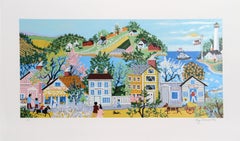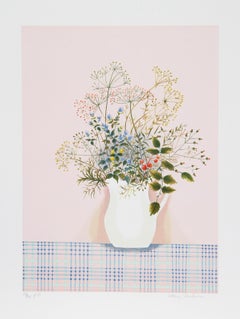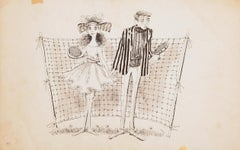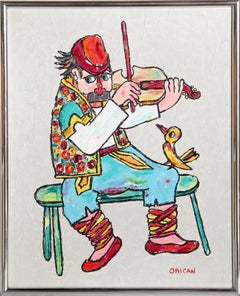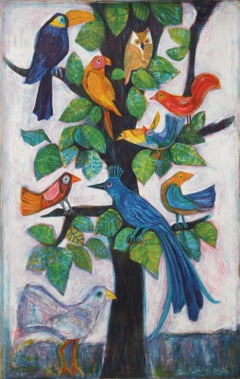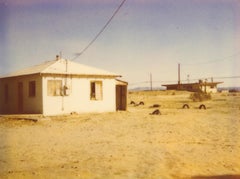Folk Art Art
1980s Folk Art Art
Screen
1980s Folk Art Art
Lithograph
Mid-20th Century Folk Art Art
Ink
1980s Folk Art Art
Oil
1980s Folk Art Art
Lithograph
1990s Folk Art Art
Archival Paper, Photographic Paper, C Print, Color, Polaroid
1970s Folk Art Art
Canvas, Oil
1990s Folk Art Art
Archival Paper, Photographic Paper, C Print, Color, Polaroid
1990s Folk Art Art
Archival Paper, Photographic Paper, C Print, Color, Polaroid
2010s Folk Art Art
Mixed Media
1980s Folk Art Art
Screen
20th Century Folk Art Art
Wood
Mid-20th Century Folk Art Art
Oil, Board
1970s Folk Art Art
Lithograph
21st Century and Contemporary Folk Art Art
Paper, Acrylic
1940s Folk Art Art
Screen
Mid-20th Century Folk Art Art
Canvas, Oil
2010s Folk Art Art
Oil, Stretcher Bars, Canvas
Mid-20th Century Folk Art Art
Canvas, Oil
1970s Folk Art Art
Etching
1960s Folk Art Art
Gouache
1980s Folk Art Art
Screen
1970s Folk Art Art
Lithograph
20th Century Folk Art Art
Wool
1950s Folk Art Art
Woodcut
1970s Folk Art Art
Etching
20th Century Folk Art Art
Color Pencil, Crayon, Mixed Media
1980s Folk Art Art
Screen
1970s Folk Art Art
Etching
1970s Folk Art Art
Etching
20th Century Folk Art Art
Acrylic
1980s Folk Art Art
Screen
2010s Folk Art Art
Fabric, Acrylic
20th Century Folk Art Art
Cast Stone
1970s Folk Art Art
Lithograph
2010s Folk Art Art
Oil, Board
1950s Folk Art Art
Woodcut
Mid-20th Century Folk Art Art
Screen
19th Century Folk Art Art
Animal Skin, Leather
1970s Folk Art Art
Etching
20th Century Folk Art Art
Canvas, Oil
20th Century Folk Art Art
Organic Material
Artist Comments
A red-tailed hawk soars high above, while the lake mirrors the mountains and blue sky. Artist Kira Yustak was inspired by watching these birds glide effortles...
21st Century and Contemporary Folk Art Art
Acrylic
1990s Folk Art Art
Enamel
Early 1900s Folk Art Art
Wood, Paint
20th Century Folk Art Art
Metal
1970s Folk Art Art
Lithograph
1990s Folk Art Art
Enamel
1970s Folk Art Art
Etching
2010s Folk Art Art
Wood
Early 20th Century Folk Art Art
Canvas, Oil
1970s Folk Art Art
Lithograph
2010s Folk Art Art
Oil
1970s Folk Art Art
Lithograph
1970s Folk Art Art
Etching, Aquatint
2010s Folk Art Art
Wood, Oil
1970s Folk Art Art
Acrylic Polymer
19th Century Folk Art Art
Animal Skin, Leather
Mid-20th Century Folk Art Art
Acrylic, Board
1970s Folk Art Art
Wood, Paint
